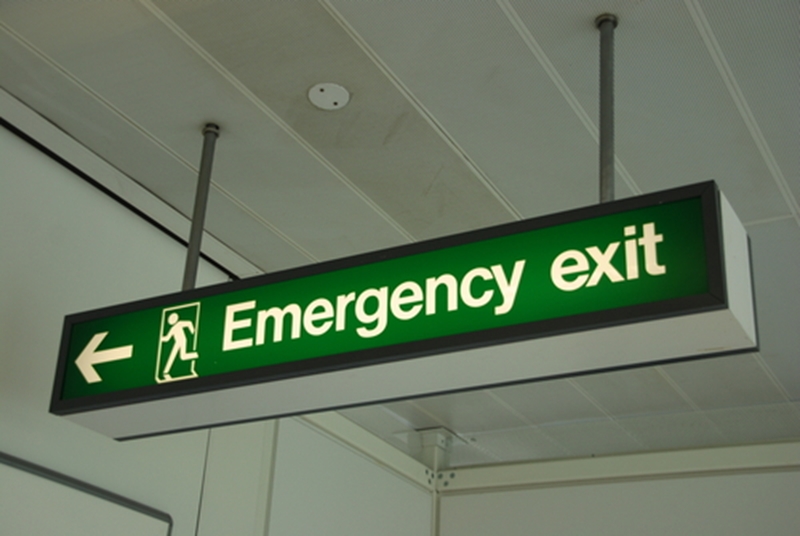Financial markets have experienced a tumultuous few weeks in 2016, with crude oil prices slumping below $28 a barrel and the FTSE 100 plummeting nearly 3.5 per cent on Wednesday (January 20th) to close at 5,673.58. The index has dropped more than 20 per cent since highs of more than 7,100 in April last year, which means the FTSE officially entered a bear market.
President Mario Draghi hinted that central banks could soon pursue more quantitative easing
The UK was not the only country to see its shares lose value earlier this week; the Nikkei, DAX and CAC 40 indices were also bear markets at various times. The Dow Jones avoided the same fate, but US stocks have experienced the worst opening to a year since the Global Financial Crisis in 2008. The Shanghai Composite index also dropped into bear territory last week.
Understandably, market turmoil spooks investors and human nature often causes people to make rash decisions when they feel threatened. These emotions are exacerbated when financial institutions advice investors to sell everything ahead of a potential stock market crash. A combination of stubbornly low oil prices, stagnation in the Chinese economy and the US interest rate rise remain sticking points.
Understanding investment psychology
As we’ve discussed before on the blog, there are many psychological traps prevalent to investing that can affect decision-making. For instance, the herd mentality, which causes investors to follow the crowd when making crucial decisions, can lead to panic selling. Similarly, our biological fight or flight mechanism means some people feel extremely uncomfortable remaining inactive during a crisis.
However, researchers are beginning to better understand a third response to danger in humans: freezing. In 2014, University of Bristol scientists discovered neural connections in the brain that immobilises people in times of severe stress. The response is often likened to a deer being caught in headlights, and has traditionally been viewed as a weakness.
Nevertheless, experts believe there are advantages to simply doing nothing and waiting out the danger, particularly when the only actions available are likely to lead to adverse outcomes. But what does this have to do with financial markets and investments? Well, it suggests that holding tight and riding out the storm can sometimes be the best way to handle market volatility.
This approach can be especially relevant to structured notes, as they are long-term investments that rarely achieve true value on the secondary market. Resisting a knee-jerk response and waiting for markets to recover could therefore be the right strategy in such circumstances.
 Investors may experience a fight or flight response when markets plummet.
Investors may experience a fight or flight response when markets plummet.Markets show signs of recovery
Many investors were no doubt pleased to see financial markets had significantly rallied on Friday. The upturn in sentiment came after European Central Bank (ECB) President Mario Draghi hinted that central banks could soon pursue more quantitative easing. The ECB is set to meet in March to review monetary policy, with recent economic trends potentially leading to more stimulus packages.
At the time of writing, the FTSE 100 had rebounded more than 130 points, or 2.2 per cent, to 5,926.94, according to the London Stock Exchange. A similar story was playing out across other global indices, with the Nikkei up nearly 6 per cent and the Dow Jones and Nasdaq 0.86 per cent and 1.78 per cent higher, respectively.
Only time will tell how the markets play out over the coming months, but making informed, objective decisions on investments can prevent detrimental portfolio outcomes. This may mean avoiding the fight or flight urge and sticking to an existing strategy. However, every individual’s circumstances are different, so seeking professional wealth management advice is often advised before committing to a big investment decision.